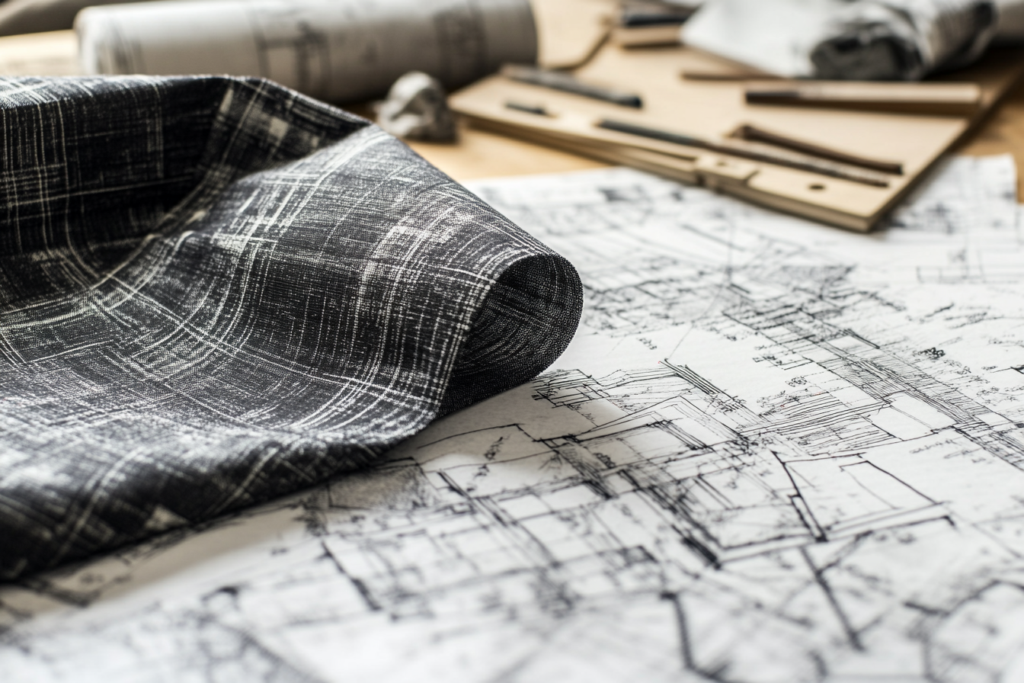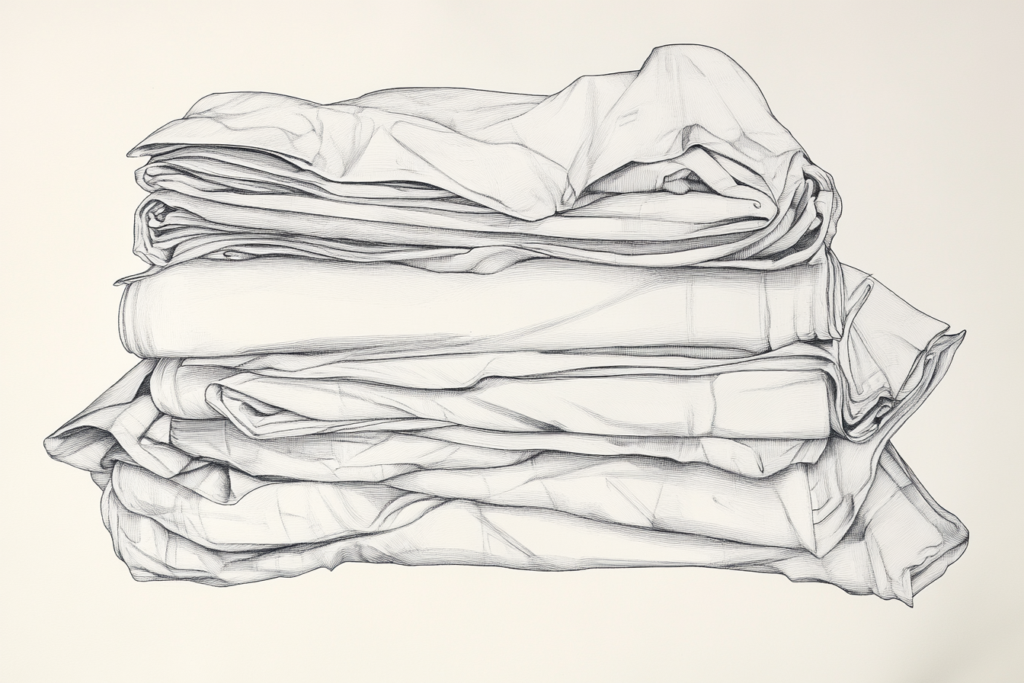One-Way Direction: Fabric Layout for Consistent Pattern Alignment
Meta Description: One-way direction in fabric layout means all garment pieces are placed in the same direction to maintain pattern consistency and fabric grain alignment. Learn why it matters in fashion design.
What is One-Way Direction in Fabric Cutting?
One-way direction refers to a fabric layout method where all garment pattern pieces are placed in the same direction when cutting. This ensures that the fabric’s pattern, texture, or nap appears consistent across all garment sections, preventing visual mismatches or directional inconsistencies.
This method is crucial for fabrics with directional prints, textured surfaces, or light reflection variations, such as velvet, corduroy, and satin.


Key Features of One-Way Direction in Fabric Layout
✔ Ensures Pattern Consistency – All design elements face the same direction.
✔ Prevents Color & Texture Shading Issues – Common in nap fabrics like velvet and suede.
✔ Essential for Directional Prints & Stripes – Maintains visual harmony in finished garments.
✔ Uses More Fabric Than Multi-Directional Layouts – Requires strategic fabric planning.
✔ Common in Formalwear & Luxury Fabrics – Used in coats, gowns, and premium textiles.
When to Use One-Way Direction Layout
📌 Fabrics with Nap – Materials like velvet, corduroy, and suede reflect light differently depending on direction.
📌 Directional Printed Fabrics – Patterns like florals, plaids, or graphics must face the same way.
📌 Shiny & Reflective Fabrics – Satin and silk require uniform light reflection.
📌 Stripes & Checks – Ensures pattern continuity across seams.
📌 Formal & High-End Garments – Used in coats, suits, and evening gowns to maintain luxury appeal.
One-Way Direction vs. Multi-Directional Layout
| Feature | One-Way Direction Layout | Multi-Directional Layout |
|---|---|---|
| Pattern Placement | All pieces face the same direction | Pieces can be rotated |
| Fabric Usage | Higher fabric consumption | More fabric-efficient |
| Best For | Directional prints, nap fabrics | Non-directional, solid fabrics |
| Prevents | Shading inconsistencies, mismatched prints | Less concern about fabric orientation |
| Common in | Velvet, satin, corduroy, printed fabrics | Plain weaves, lightweight materials |
💡 Tip: Always check fabric nap, print alignment, and light reflection before choosing a one-way or multi-directional layout.
How to Properly Lay Out Fabric in One-Way Direction
1️⃣ Identify the Fabric’s Nap or Print Direction → Run your hand over the fabric or observe how patterns and light reflection change.
2️⃣ Align All Pattern Pieces in the Same Direction → Place them facing one way, ensuring uniform appearance.
3️⃣ Use More Fabric to Maintain Consistency → This layout may require extra yardage compared to standard placement.
4️⃣ Pin & Cut Carefully to Avoid Mismatches → Secure pieces before cutting to maintain alignment.
5️⃣ Double-Check the Final Layout Before Cutting → Ensures pattern symmetry and fabric consistency.
💡 Tip: When working with nap fabrics, always cut with the nap running downward for a polished, professional finish.
Why One-Way Direction Layout is Essential in Fashion Design
✔ Creates a Professional, High-Quality Finish → Prevents noticeable pattern or texture mismatches.
✔ Ensures Visual Uniformity Across Garments → Especially crucial in formal and luxury fashion.
✔ Avoids Color or Shading Discrepancies → Key for velvet, suede, and satin fabrics.
✔ Improves Garment Aesthetic Appeal → Ensures flattering, polished designs.
Conclusion: The Importance of One-Way Direction in Fabric Cutting
Using a one-way direction layout is a key practice in professional garment construction, ensuring that patterns, textures, and fabric nap align consistently. Though it requires more fabric and careful planning, this technique is essential for achieving high-quality, visually appealing clothing.
For designers and manufacturers, understanding when and how to use one-way direction fabric layout helps create flawless garments with superior craftsmanship.



